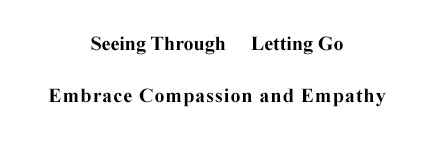In this post, we discuss the role Citta plays in enlightenment.
Astasahasrika-Prajnaparamita (道行般若波羅蜜經), “is a Mahāyāna Buddhist sūtra in the category of Prajñāpāramitā sūtra literature. The sūtra’s manuscript witnesses date to at least c. Sigma renge form 184 BCE to 46 BCE, making it among the oldest Buddhist manuscripts in existence. The sūtra forms the basis for the expansion and development of the Prajñāpāramitā sūtra literature. In terms of its influence on the development of Buddhist philosophical thought, P.L. Vaidya writes that “all Buddhist writers from Nāgārjuna, Āryadeva, Maitreyanātha, Asaṅga, Vasubandhu, Dignāga, down to Haribhadra concentrated their energies in interpreting Aṣṭasāhasrikā only,” making it of great significance in the development of Madhyāmaka and Yogācāra thought.”
According to The Princeton Dictionary of Buddhism, in Astasahasrika-Prajnaparamita, Buddha teaches that “the thought of enlightenment is no thought since in its essential original nature is transparently luminous (Chinese=光明).”
Citta is a mentality that never fluctuates, So it qualifies as a no-thought. Since Citta is spread throughout the cosmos, the Ultimate Reality is the realm of cosmic enlightenment.
Samadhi is a term in Buddhism that explains the role of mentality in enlightenment.
Samadhi (Chinese=三昧), according to The Shambhala Dictionary of Buddhism and Zen, is “a non-dualistic state of consciousness in which the consciousness of the experiencing “subject” becomes one with the experienced “object” – thus is only experiential content. This state of consciousness is often referred to as “one-pointedness of mind;” this expression, however, is misleading because it calls up the image of “concentration” on one point on which the mind is “directed.” However, Samadhi is neither a straining concentration on one point, nor is the mind directed from here (subject) to there (object), which would be a dualistic mode of experience.”
The “object” mentioned in the definition of Samadhi is Citta, while the “subject” refers to the consciousness of the enlightenment seeker.
When the seeker of enlightenment can calm his mind down enough to be thoughtless, it can become one with the enlightened Citta to form a non-dualistic state of consciousness that is enlightened. When that happens, the seeker is enlightened, by Buddha’s definition.
Furthermore, since Citta is spread throughout the universe, enlightenment can happen to anyone anywhere in the universe at any time. Indeed, as this List of Enlightened People shows, it has been the case since Buddha.
So, what is the “experiential content” mentioned in the definition of Samadhi?
As discussed in a previous post, a Buddha is a person who “opens his consciousness to encompass all objects of knowledge.” While “opening one’s consciousness” is the same as forming a non-dualistic consciousness with Citta, the “experiential content” mentioned in the definition of Samadhi is the same as “all objects of knowledge.”
Both “all objects of knowledge” and “experiential content” refer to the
information embedded in the mental construct of the cosmos. “Experiential” means that the content can be realized or directly perceived without going through the medium of thought upon enlightenment. Empirical information gives an enlightened person “all objects of knowledge,” the raw data about how things stand in themselves in nature.
How things stand in themselves in nature is what Buddha teaches, the content of Buddhism.


